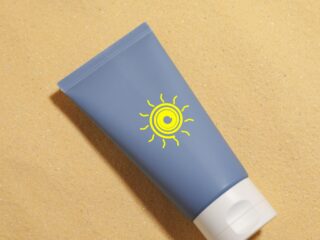
The sun is far more than just a source of light and heat. It emits ultraviolet (UV) rays, which can have harmful effects on the skin, potentially leading to skin aging and serious health issues.
While it’s common to combat these UV rays with the use of sunscreens, hats, and umbrellas, did you know that your clothing can also provide substantial sun protection?
This concept of utilizing clothing for sun protection isn’t a modern invention. It’s hinged on practices dating back to ancient civilizations. Explore how your clothing choices can serve as a line of defense, and how high-quality clothing like tasc activewear can help provide reliable protection.
What Is the Science Behind Sun Protective Clothing?
You may be surprised to know that humans have always sought protection from the sun beneath layers of clothing. The ancient Egyptians, for instance, weren’t just trying to stay chic with their linen tunics and headdresses.
Linen has a tight weave that helps block UV rays while remaining highly breathable in hot weather. Similarly, think of the classic cowboy with a wide-brimmed hat, thick denim jeans, and a shirt — not just a style statement, but also practical apparel for sun-drenched days on the range.
Fast forward to the present, and people are still doing the same thing, albeit with a bit more scientific approach. The understanding of UV radiation has grown immensely, and with that, experts have developed materials and technology to offer more pronounced sun protection.
The Right Activewear: Comfortable, Stylish Sun-Protection
So, you might be wondering, how can your clothes protect you from the sun?
First, fabric technology has made significant strides over the years, and one key player in the sun-protection game is the ultraviolet protection factor, or UPF. This is a measure of how much UV radiation a fabric can block. It’s like SPF for sunscreen, but for clothes.
In general, fabrics protect you from UV rays in three significant ways: absorption, reflection, and scattering. Darker fabrics and those with dense weaves tend to be more effective at absorbing UV light — hence the cowboys with their jeans and full-sleeved shirts.
Even color contributes to the process. Ever wondered why black dresses are so popular in sun-soaked countries? Dark colors absorb UV light, which then dissipates as heat. On the other hand, shiny, semi-synthetic fabrics like polyester and rayon reflect UV rays. It’s an inverse relationship with the sun — the shinier the material, the less UV it absorbs.
The next method, scattering, involves the UV rays hitting the material and bouncing off in different directions. Fabrics with a tight weave or knit achieve this best due to the minimal gaps within the structure through which UV light can pass.

However, it’s not all fun and games in textile land. Certain properties that enhance UV protection can negatively impact comfort. Dark, tightly woven clothes can be hot and not very breathable.
That’s where modern technology and fabric finishes for UV protection come in. Outdoor gear and active wear undergo special treatments to boost their UPF ratings without sacrificing comfort.
Dressing Up for Double Duty
The fabrics you wear every day aren’t so simple after all — they silently protect you from daily UV radiation.
Remember, dressing up with sun protection in mind doesn’t mean compromising on style or comfort. You can dress for success, comfort, or fitness, but with the right clothing choices, you can add sun protection to that list.












